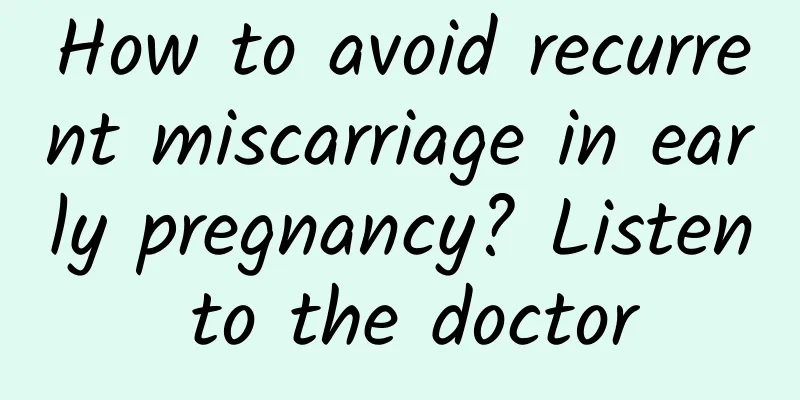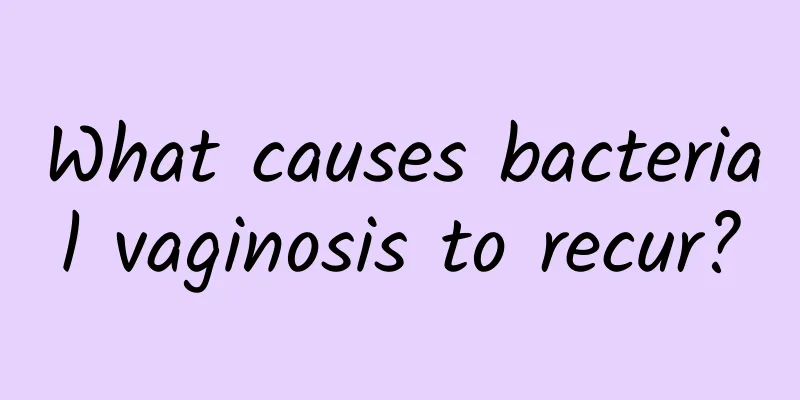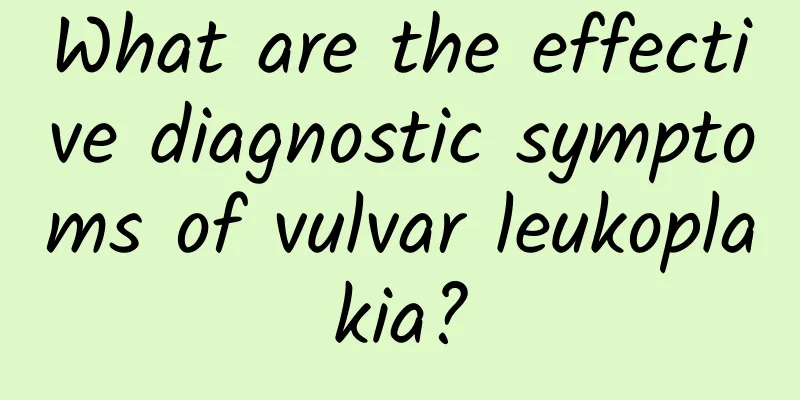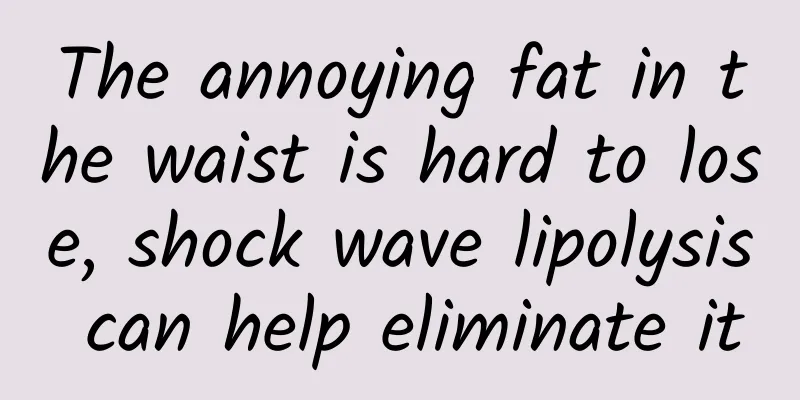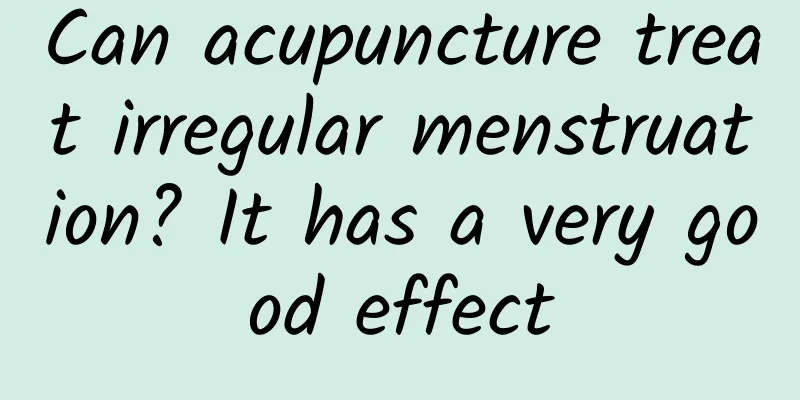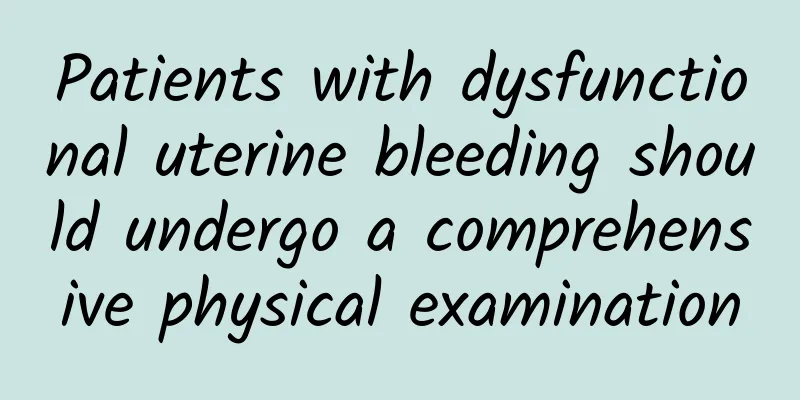What is the best way to treat uterine fibroids?
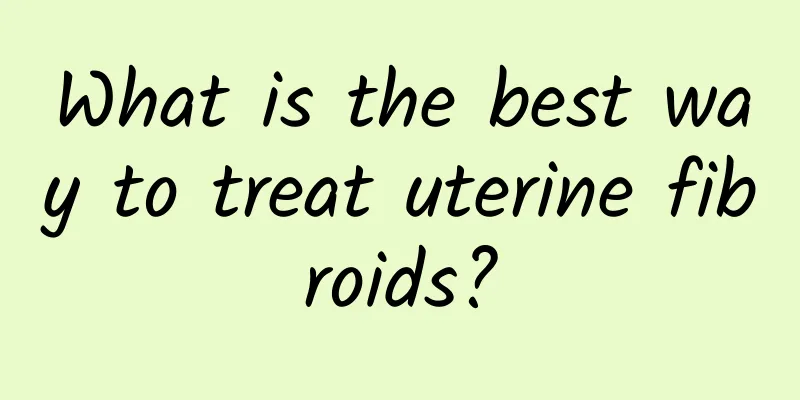
|
What is the best way to treat uterine fibroids? This is a question that many women with uterine fibroids are concerned about. Uterine fibroids are common benign tumors in women, but their presence may cause problems such as irregular menstruation, pain, and infertility. This article will explore the currently available methods for treating uterine fibroids and their advantages and disadvantages. Surgery - the traditional option Surgery is the traditional choice for treating uterine fibroids. In the past, hysterectomy was the main way to treat uterine fibroids. However, for many women, it is very important to keep the uterus because they want to have the possibility of having children. Therefore, myomectomy, which can remove the fibroids while preserving the uterus, is now a more common choice. Surgical treatment can quickly relieve symptoms, but it has some obvious disadvantages, such as surgical trauma, long recovery period, and possible surgical risks. Medical treatment – non-surgical options Drug therapy has become a non-surgical option for the treatment of uterine fibroids. Commonly used drugs include oral contraceptives, luteinizing hormone agonists, progesterone agonists, and anti-luteinizing hormones. These drugs can play a therapeutic role by regulating hormone levels, alleviating symptoms, and reducing the size of fibroids. The advantages of drug therapy are that it is simple and easy, and no surgery is required, but the disadvantages cannot be ignored. First, drug therapy can only temporarily relieve symptoms, but cannot completely cure uterine fibroids. Secondly, due to the side effects of the drugs, some patients may not be able to use or are not suitable for drug therapy. Finally, drug therapy requires long-term persistence and a long treatment cycle. Interventional therapy - an emerging option In recent years, interventional therapy has gradually become an emerging option for the treatment of uterine fibroids. Interventional therapy is a method that uses a catheter as a tool to deliver drugs or physical substances to the site of the fibroids through an interventional catheter to achieve a therapeutic effect. Commonly used interventional treatments include uterine artery embolization and high-intensity focused ultrasound therapy. Uterine artery embolization is a procedure that injects tiny particles into the uterine artery to block the blood supply to the fibroids, thereby reducing the size of the fibroids; high-intensity focused ultrasound therapy uses the thermal effect of sound waves to destroy fibroid tissue. The advantages of interventional therapy are less trauma, faster recovery, and lower surgical risks. However, interventional therapy also has some problems, such as high cost, high technical requirements, and certain limitations in the treatment of fibroids. Comprehensive treatment - personalized choice Comprehensive treatment is the current trend in the treatment of uterine fibroids. According to the specific conditions of the patient, surgical treatment, drug treatment and interventional treatment can be used in combination. Preoperative drug treatment can reduce the size of the fibroids and reduce the difficulty of surgery. After surgical treatment, drug treatment can prevent the recurrence of fibroids. Interventional treatment can be used as an alternative to surgery or as a supplementary treatment after surgery. Comprehensive treatment is personalized and targeted, and can fully consider the patient's needs and condition to select a suitable treatment plan. In summary, the best method for treating uterine fibroids varies from person to person. Whether choosing surgical treatment, drug treatment or interventional treatment, a reasonable choice should be made based on the patient's specific situation and needs. Through comprehensive treatment, symptoms can be alleviated to the greatest extent, the uterus can be preserved and recurrence can be prevented. Most importantly, patients should seek medical treatment in a timely manner, communicate fully with their doctors, and develop personalized treatment plans to achieve the best treatment effect. |
<<: Why do uterine fibroids cause lung cancer? Can uterine fibroids cause lung cancer?
Recommend
How to train sexy legs? Chair dance start key force
The weather is extremely hot in summer. Do you wa...
Survey: 45% of parents have used goat milk powder for their babies
Goat milk has many benefits! According to an onli...
What is the reason for irregular menstruation?
Women who have irregular menstruation need to rec...
What are the symptoms of cervical erosion?
What are the symptoms of cervical erosion? Recent...
Effective folk remedies for treating acute vaginitis
Effective folk remedies for the treatment of acut...
What fruits can patients with pelvic effusion eat?
What fruits can patients with pelvic effusion eat...
What to do if your breasts hurt during irregular menstruation
Common causes of irregular menstruation and breas...
Why is the first menstrual period after a miscarriage black?
If the first menstrual period after abortion is b...
Is it better to remove all uterine fibroids or to keep the uterus?
Whether it is better to completely remove the ute...
Experts analyze the clinical symptoms of two types of cervicitis
Cervicitis is a common gynecological disease, whi...
How to relieve irregular menstruation?
How to relieve irregular menstruation? Because ma...
Dietary precautions for patients with cervical hypertrophy
Dietary precautions for patients with cervical hy...
Eat out in autumn must eat this 1 pill to detoxify and keep healthy
Have you eaten an apple today? As the saying goes...
How to prevent vaginitis in summer?
Vaginitis is a common gynecological disease, and ...
Find out what factors are the causes of vaginitis
The high incidence of vaginitis is common in life...
